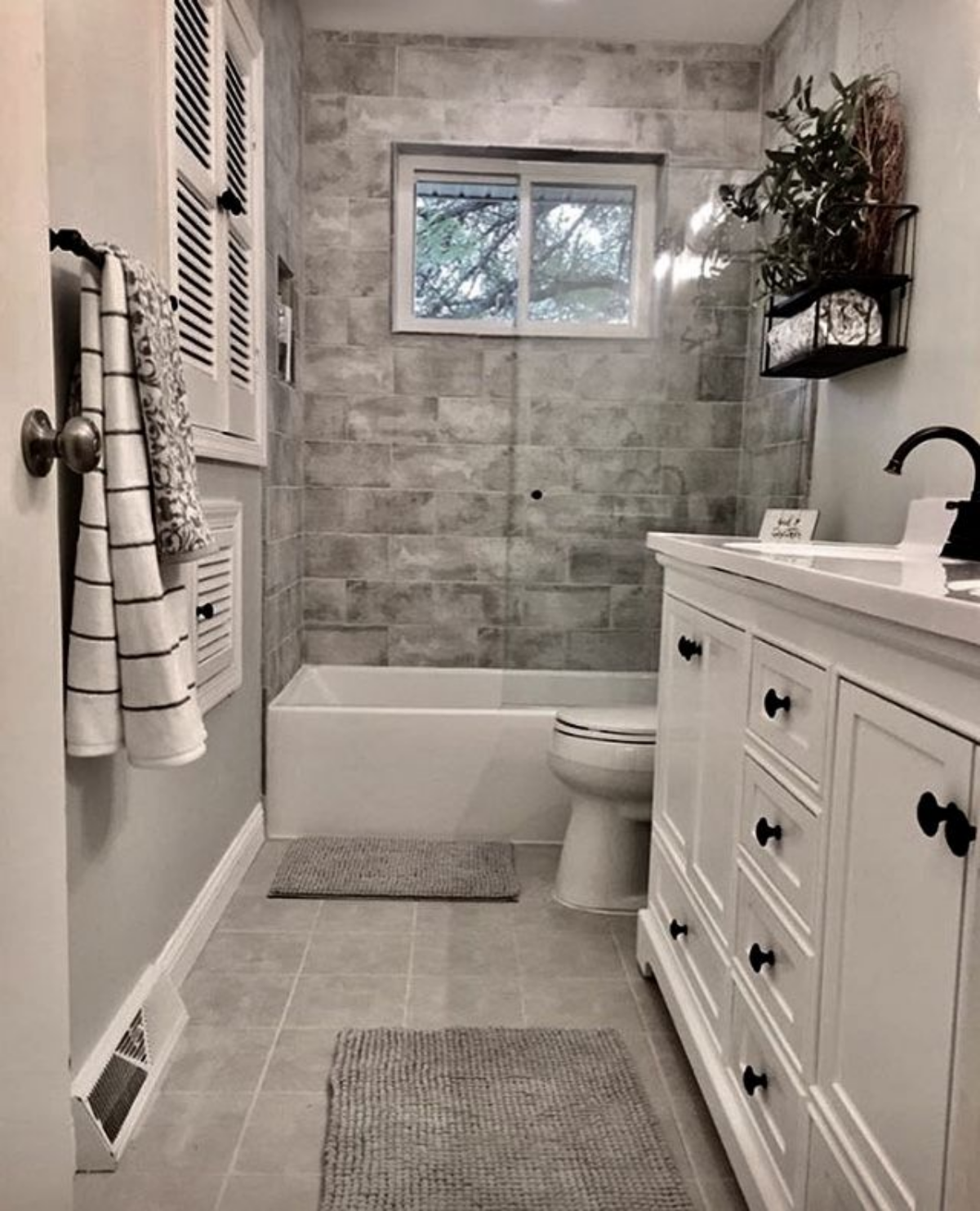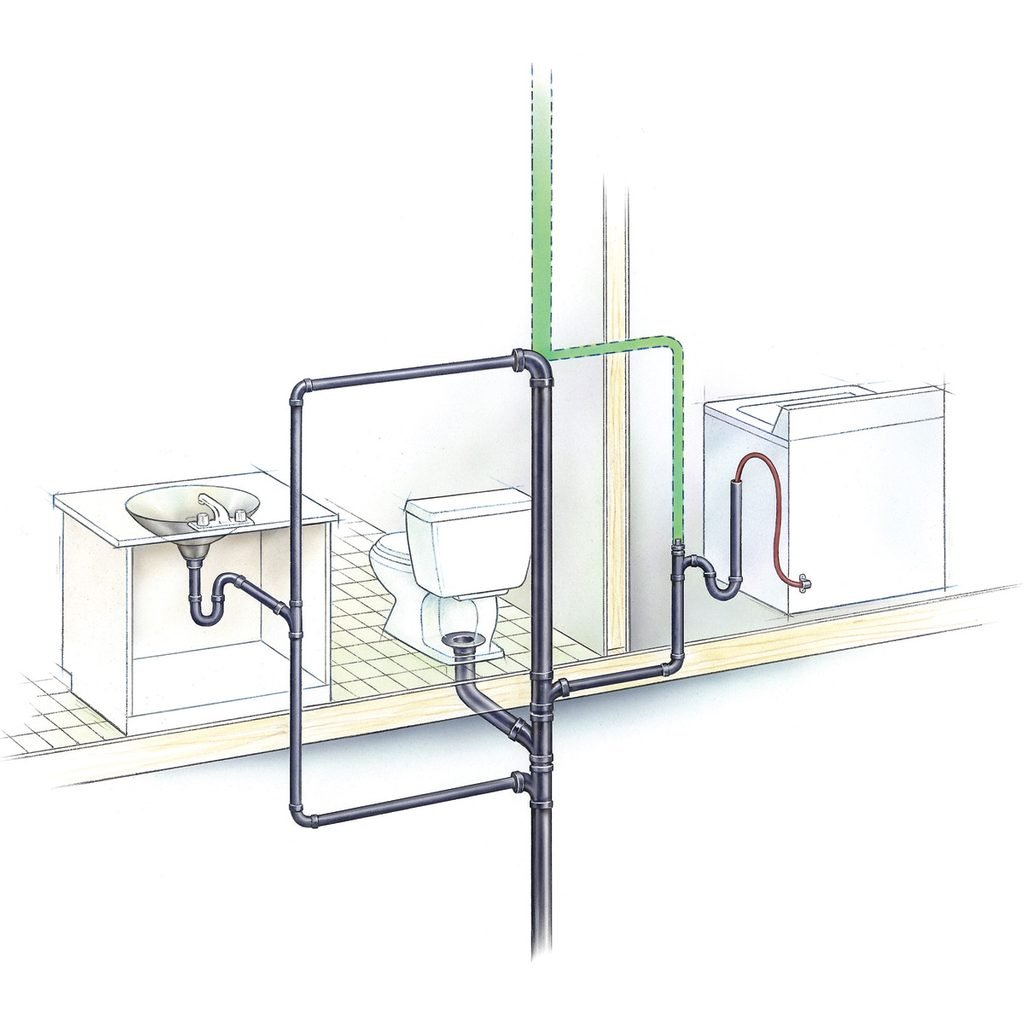Why Proper Ventilation is Essential in Plumbing Systems
Why Proper Ventilation is Essential in Plumbing Systems
Blog Article
Have you been hunting for facts concerning Essential Plumbing Vent Pipes: Understanding Their Role?

Appropriate ventilation in plumbing systems is usually overlooked, yet it is crucial for preserving the functionality and security of your home's plumbing. Ventilation helps regulate air pressure, prevent the accumulation of unsafe gases, and make certain the efficient elimination of waste. In this guide, we will certainly explore the relevance of appropriate pipes air flow, exactly how it works, and the benefits it brings to your plumbing system.
Understanding Ventilation in Plumbing
Ventilation in plumbing refers to the network of pipes that allow air to move with the drain system. These vents offer numerous purposes, including controling air pressure within the pipes, stopping drain gases from getting in the home, and helping in the smooth circulation of wastewater.
How Ventilation Functions in Pipes Systems
Air Pressure Regulation
Correct air flow preserves well balanced atmospheric pressure within the pipes system. When water streams via pipes, it displaces air. Without appropriate air flow, this displacement can develop adverse pressure, resulting in slow drains or siphoning of water from traps, which can cause unpleasant odors to leak right into the home.
Stopping Sewer Gas Build-up
One of one of the most important functions of pipes vents is to avoid sewage system gases, such as methane and hydrogen sulfide, from accumulating within the home. These gases can position severe wellness risks and are highly combustible. Vent pipelines permit these gases to leave safely outdoors.
Assisting in Waste Removal
Ventilation aids in the effective removal of wastewater by preventing airlocks in the water drainage system. When air can flow easily via the vents, it allows water and waste to move efficiently through the pipelines, minimizing the threat of blockages and back-ups.
Types of Plumbing Vents
Main Stack Vent
The primary stack air vent, also known as the air vent pile, is the main vent in a pipes system. It prolongs from the main drainpipe line up with the roofing system, permitting gases to leave and fresh air to get in the system.
Branch Vent
Branch vents connect to the primary pile vent and serve individual fixtures, such as sinks, bathrooms, and showers. These vents ensure that each fixture has appropriate air flow to function appropriately.
Air Admittance Shutoff (AAV).
An Air Admittance Valve (AAV) is a one-way shutoff that enables air to enter the plumbing system without the demand for a traditional vent pipeline prolonging with the roofing system. AAVs are frequently utilized in improvements or locations where mounting a basic air vent is unwise.
Indicators of Poor Ventilation in Plumbing.
Slow Draining Fixtures.
If your sinks, bathtubs, or bathrooms are draining gradually, maybe a sign of inadequate ventilation. Poor air flow can create a vacuum cleaner effect, making it hard for water to drain effectively.
Gurgling Sounds.
Gurgling audios coming from drains pipes are frequently a result of air being drawn through water traps as a result of negative stress in the pipes. This is a clear sign of not enough air flow.
Unpleasant Smells.
Drain odors inside your home are a red flag that your plumbing system is not effectively aerated. This could indicate that sewage system gases are not being properly vented outside, bring about potentially hazardous problems.
Usual Air Flow Mistakes.
Poor Vent Sizing.
Utilizing small vent pipelines can lead to inadequate air flow and stress discrepancies in the system. It's essential to make use of vents that fulfill the details needs of your plumbing system.
Improper Vent Placement.
Placing vents too far from the components they serve can reduce their performance. Correct positioning makes sure that air can flow easily and efficiently via the system.
Ignoring Code Demands.
Building ordinance provide certain standards for plumbing ventilation. Neglecting these codes can lead to a system that stops working to operate properly and may lead to expensive fixings or health hazards.
Advantages of Correct Air Flow.
Enhanced System Effectiveness.
Appropriately ventilated plumbing systems operate extra successfully, with fewer obstructions, faster draining pipes, and much less strain on the pipelines. This performance prolongs the lifespan of the plumbing system.
Improved Air High Quality.
By preventing sewer gases from entering your home, proper ventilation adds to better indoor air quality, making your living atmosphere healthier and a lot more comfortable.
Avoiding Water Damage.
Adequate air flow assists avoid water from being siphoned out of traps, which can lead to sewage system gases going into the home and creating water damage over time.
Steps to Make Certain Appropriate Air Flow.
Consulting Plumbing Codes.
Constantly seek advice from neighborhood plumbing codes when creating or changing your plumbing system. These codes supply the essential guidelines for correct venting and ensure your system fulfills security standards.
Regular Evaluation and Maintenance.
Routine assessments can aid identify potential ventilation problems prior to they end up being major issues. Maintenance tasks, such as cleaning air vent pipelines and looking for obstructions, are essential for keeping the system in good working order.
Specialist Installment.
For new installations or major alterations, it's wise to work with an expert plumbing technician. They have the know-how to guarantee the air flow system is appropriately created and installed according to code.
Final thought.
Proper air flow is a vital component of any kind of pipes system, making certain that it operates efficiently and safely. By comprehending the relevance of air flow, acknowledging the indicators of bad air flow, and taking actions to preserve your system, you can protect against pricey concerns and safeguard your home's air high quality.
4 Things You Should Know About Your Plumbing Vents
What Plumbing Vents Are
Also called a vent stack, a plumbing vent is a vertical pipe attached to your drain line that runs through your roof. The plumbing vent pipe, or plumbing air vent, removes gas and odors from your plumbing system and allows fresh air to enter the pipes, helping the water to flow out of the drain pipes.
What Plumbing Vents Do
Plumbing vents have two basic functions. One of which is to allow unpleasant smelling wastewater and sewer gasses to escape your plumbing system instead of entering your home. Plumbing vent pipes are typically located on roofs, away from windows, to ensure the fumes exit the home completely.
The other function of the plumbing vent is to move fresh air into your plumbing system. This helps move water through every plumbing fixture in your house, like toilets and sink drains. Think of the way in which you need to let a little air into the bottle as you pour soda in order to make the drink flow smoothly.
Different Types of Plumbing Vents
True vent: This is the most common vent option. In simplest terms, a true vent is a vertical pipe attached to your drain line that exits through the roof. They often function as the main vent that other fixtures can connect to. Re-vent pipe or auxiliary vent: Attached to the drain line near specific plumbing fixtures, re-vent pipes run up and over to connect to the main vent. Common vent: Two plumbing fixtures installed on opposite sides of a wall are typically tied into the vent stack using something known as a sanitary cross. Wet vent: This venting option operates as a drain pipe and a vent at the same time. Wet vent drainage systems drain water from one fixture while venting the air from another. Although they’ve been used for over 100 years, wet vent systems have only recently been added to the plumbing code in many areas. If you’re planning on installing one in a bathroom remodel, make sure you check your local code prior to construction. Loop vent: For free-standing fixtures like kitchen island sinks, loop vents are ideal. These vent pipes run under the floor, rise from the P-trap, and create a loop inside the cabinet sink. Air admittance valve: An AAV is a one-way mechanical valve typically installed at the site of the plumbing fixture. AAVs allow venting to occur without having to tie into a larger venting system. They’re ideal for venting fixtures where you aren’t able to easily connect to an existing vent system. Common Plumbing Vent Issues
Although vent pipes typically don’t have water flowing through them, they’re still subject to many typical plumbing issues. For example, clogs are one of the most common problems associated with sewer vent pipes. If your vent pipe gets clogged, all of your plumbing fixtures tied into the vent stack will be affected.
A sink with a slow drain that bubbles and gurgles or a strong sewage smell around your toilet are both indicators that your toilet vent pipe is clogged. Because most vent pipes exit through the roof, old leaves, twigs or even a bird’s nest could be clogging the pipe.
Clogs in your vent pipe system cause a buildup of negative pressure, meaning that water won’t be able to flow out of your home very well. It’s similar to putting your finger over the opening of a straw to trap water inside. When you remove your finger, the water is able to flow out of the straw.
If you suspect you have any blockage in your vent, make sure you have a professional come examine the situation. Left unchecked, a blocked air vent can lead to other costly repairs, like leaks and sediment buildup.
Under Pressure
Pipe vents are essential aspects of a home’s plumbing system. Owning a home means learning about all sorts of things you never put much thought into before. But by understanding as much as you can about the important systems of your home, you can keep those budgets intact and those anxiety levels low.
https://www.homeserve.com/en-us/blog/home-improvement/plumbing-vents/

I'm just very fascinated by Why Plumbing Air Vents Are Important and I hope you enjoyed the new blog post. Sharing is caring. You never know, you may very well be doing someone a favor. We enjoy reading our article about The Upsides of Proper Ventilation in Plumbing Design.
Instant Quote Report this page